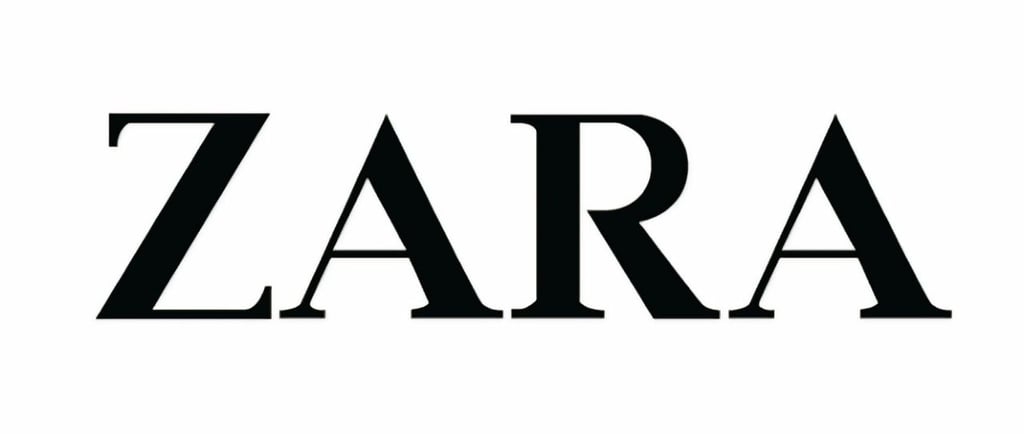From School Dropout to Fashion Billionaire – The Rise of Zara’s Amancio Ortega
Amancio Ortega, who dropped out of school at 14, turned homemade bathrobes into a fashion empire. He founded Zara on a fast, responsive model that disrupted global retail. With humility and speed-driven strategy, Ortega built a $124 billion legacy—without ever seeking the spotlight.
SUCCESS STORYBILLIONAIRE
Thrivevision
4/29/20252 min read


Amancio Ortega, the elusive founder of Zara and the Inditext empire, is the definition of rags to retail riches. From a humble beginning in Spain to becoming one of the richest men in the world, Ortega’s story is not only inspiring—it’s a masterclass in low-profile entrepreneurship, fast decision-making, and operational excellence.
Born in 1936 in a small town in Galicia, Spain, Ortega’s early life was marked by financial hardship. At just 14, he dropped out of school to support his family, taking a job as a delivery boy for a local shirtmaker. There, he observed something that would shape his future: the massive time and cost inefficiencies in traditional fashion retail.
In the early 1970s, he began crafting garments with his wife in their modest living room. Their first product? Affordable yet stylish bathrobes. They named their venture Confecciones Goa. Driven by Ortega’s vision of offering well-designed clothes at accessible prices, the business grew.
In 1975, he opened the first Zara store in La Coruña, Spain. It was a simple shop—but it offered a radically different approach. Instead of setting trends months in advance like high-end fashion houses, Zara would observe customer behavior, manufacture products quickly, and restock stores weekly. It was the birth of “fast fashion.”
What made Zara different was its speed and control. Ortega built an in-house supply chain system unlike anything seen before. From design to distribution, Zara could take a product from sketch to shelf in just 2–3 weeks—while competitors took 6–9 months. This agility allowed Zara to react to customer preferences in real-time, minimizing overproduction and maximizing demand.
Ortega also flipped the fashion hierarchy. While most brands focused on seasonal runway collections, Zara listened to the streets. Store managers reported directly to headquarters about which items sold and which didn’t. Designers adapted accordingly, blending real-time data with fashion instincts.
Despite Zara’s explosive growth, Ortega remained invisible to the media for decades. He avoided interviews, shunned flashy events, and lived modestly. In fact, until 1999, no photograph of him had ever been published. He believed in letting his work speak louder than his presence.
Under his leadership, Zara grew into Inditex, the world’s largest fashion retailer, owning brands like Massimo Dutti, Pull & Bear, and Bershka. By 2023, Ortega’s net worth surpassed $124 billion, placing him among the top ten wealthiest people on Earth.
Yet, his philosophy has always stayed rooted: simplify, listen, adapt, and move fast. While Zara’s fast fashion model has drawn criticism for environmental reasons, its operational brilliance is undeniable.
Ortega retired as Inditex’s chairman in 2011 but remains actively involved. His legacy isn't just about fashion—it’s about building an empire through relentless observation, humility, and customer obsession.
From a teenage dropout making bathrobes at home to shaping the global fashion landscape, Amancio Ortega’s story is proof that vision, speed, and staying grounded can lead to extraordinary heights.
Inspiration
Explore success stories and motivational journeys today.
Growth
Vision
© 2025. All rights reserved.
